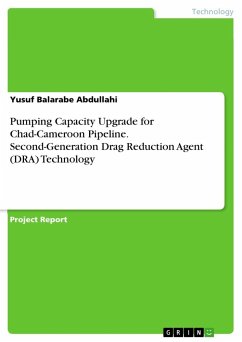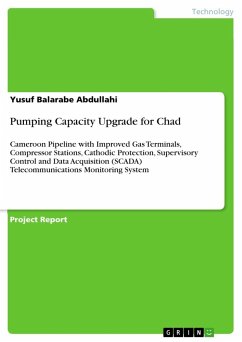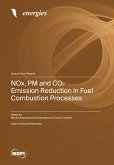Project Report from the year 2021 in the subject Engineering - System Science, grade: 3.9, Limkokwing University of Creative Technology, language: English, abstract: This paper examines the idea of increasing the pumping capacity of the Chad-Cameroon pipeline system by using second-generation drag reduction agent (DRA) technology. Evidence shows that it is technologically feasible to upgrade the pipeline system to a capacity of 500,000 barrels per day (bpd) for the cost of $364.4 million. This capacity assumes the use of both the TOTCO and COTCO pipelines, the report also presents several lower capacities, and lower cost options. The upgrades will take at least 42 months to install and commission. The pipeline upgrade has numerous important strategic benefits that can help enhance the Chad-Cameroon pipeline¿s reputation as a more stable, and reliable oil producer in the world market. In total, the Project would consist of approximately 664 miles of new, 36-inch diameter pipeline within the Chad and Cameroon. The proposed Project would have an initial capacity to deliver up to 500,000 barrels per day (bpd) of Dobäs oil field from the proposed Komé crossing to existing oil terminals in Dompla and Belabo. Existing binding commitments for the Project amount to 250,000 bpd of crude oil and as demand for Chad-Cameroon pipeline oil increases, the pipeline would increase its load, up to its initial capacity of 500,000 bpd. The Project could ultimately transport up to 700,000 bpd of crude oil through the proposed pipeline upgrade by adding additional pumping capacity if warranted by future market demand. The Project requires 18 new pump stations, 36 intermediate mainline valves (MLVs) of which 24 are check valves located downstream of major river crossings, approximately 50 permanent access roads and approximately 30 temporary access roads, one tank farm and two crude oil delivery sites.
Hinweis: Dieser Artikel kann nur an eine deutsche Lieferadresse ausgeliefert werden.
Hinweis: Dieser Artikel kann nur an eine deutsche Lieferadresse ausgeliefert werden.








